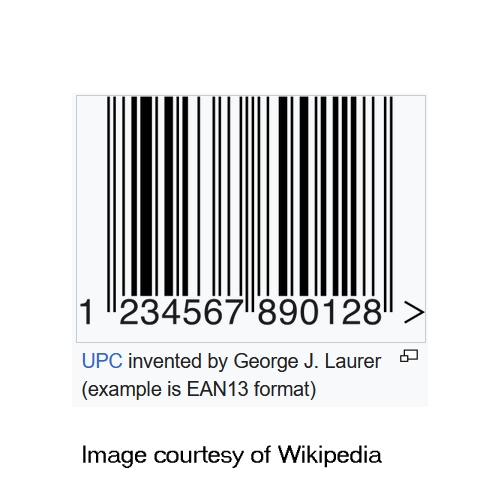Celebrating the 50th anniversary of the barcode

The barcode, originally based on Morse Code, was invented and patented in the USA by Norman Joseph Woodland and Bernard Silver in 1952. However, it was more than 20 years before the invention became commercially successful.
Various organizations and companies played a role in the use of the barcode during those 20 years, but the real success began with a meeting of industry leaders in New York city in March 1971. It took another three years before a barcode that could be both printed easily and scanned easily was finally developed. In April of 1973, an industry-wide agreement on that barcode became the basis for GS1.
GS1, which stands for Global Standards, is a not-for-profit international organization that develops and maintains standards for barcodes and packaging identification.
The first barcode was scanned in the USA on the 26th of June 1974. Canada was the second country to introduce the barcode when a grocery store in Dorval, Quebec scanned the very first Canadian barcode.
The barcode was designed to make it easier for products to be tracked, processed, and stored. Today, these barcodes play a critical part in supply chains across the globe.
Available from 116 GS1 offices around the world, GTIN or Global Trade Item Number provides unique codes for a company and its products that can identified using electronic scanners.
GTIN employs a multi-digit number that is primarily used within barcodes. In North American, the UPC (Universal Product Code) is an existing form of the GTIN. In Europe, EAN-13 is the standard.
Cheers to all who had a hand in creating this useful tool that revolutionized the retail industry 50 years ago today.
For more information on GS1 and GTIN, visit,
https://www.gs1.org/standards/barcodesFor a history of the barcode, visit:
https://en.wikipedia.org/wiki/Barcode
